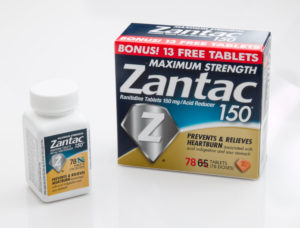Prescriptions for disaster
The American Society of Consultant Pharmacists estimates that seniors age 80-84 take an average of 18 different prescription medications per year. Keeping track of all that is an extra challenge when disaster forces nursing home residents to evacuate to scattered locations, sometimes without their medications and usually without their medical records.
| “Any symptom in an elderly patient should be considered a drug side effect until proven otherwise.” —Gurwitz J., et al. Quality Care in the Nursing Home, 1997. |
The Emergency Rx History was created in 2007, two years after Hurricane Katrina as a way to ensure that those displaced by disasters could receive their medications from anywhere. The system allows any licensed pharmacist or physician to access a person’s medication history, obtain accurate dosage and add new prescriptions to the patient’s active pharmacy record. The public-domain service is maintained by the Pharmacy Health Information Exchange, operated by SureScripts.
Another great resource is Rx Response, developed to assist the distribution of prescription medications during public health emergencies. The program is the collaborative effort of seven national groups, including the American Hospital Association, the American Red Cross and the National Association of Chain Drug Stores. During and after Hurricane Sandy’s landfall on the East Coast, Rx Response used social media tools—especially Twitter—to provide frequent updates on the locations of open pharmacies and the availability of assistance for prescription costs.

Pamela Tabar was editor-in-chief of I Advance Senior Care from 2013-2018. She has worked as a writer and editor for healthcare business media since 1998, including as News Editor of Healthcare Informatics. She has a master’s degree in journalism from Kent State University and a master’s degree in English from the University of York, England.
Related Articles
Topics: Alzheimer's/Dementia , Clinical , Disaster Preparedness , Executive Leadership , MDS/RAI











